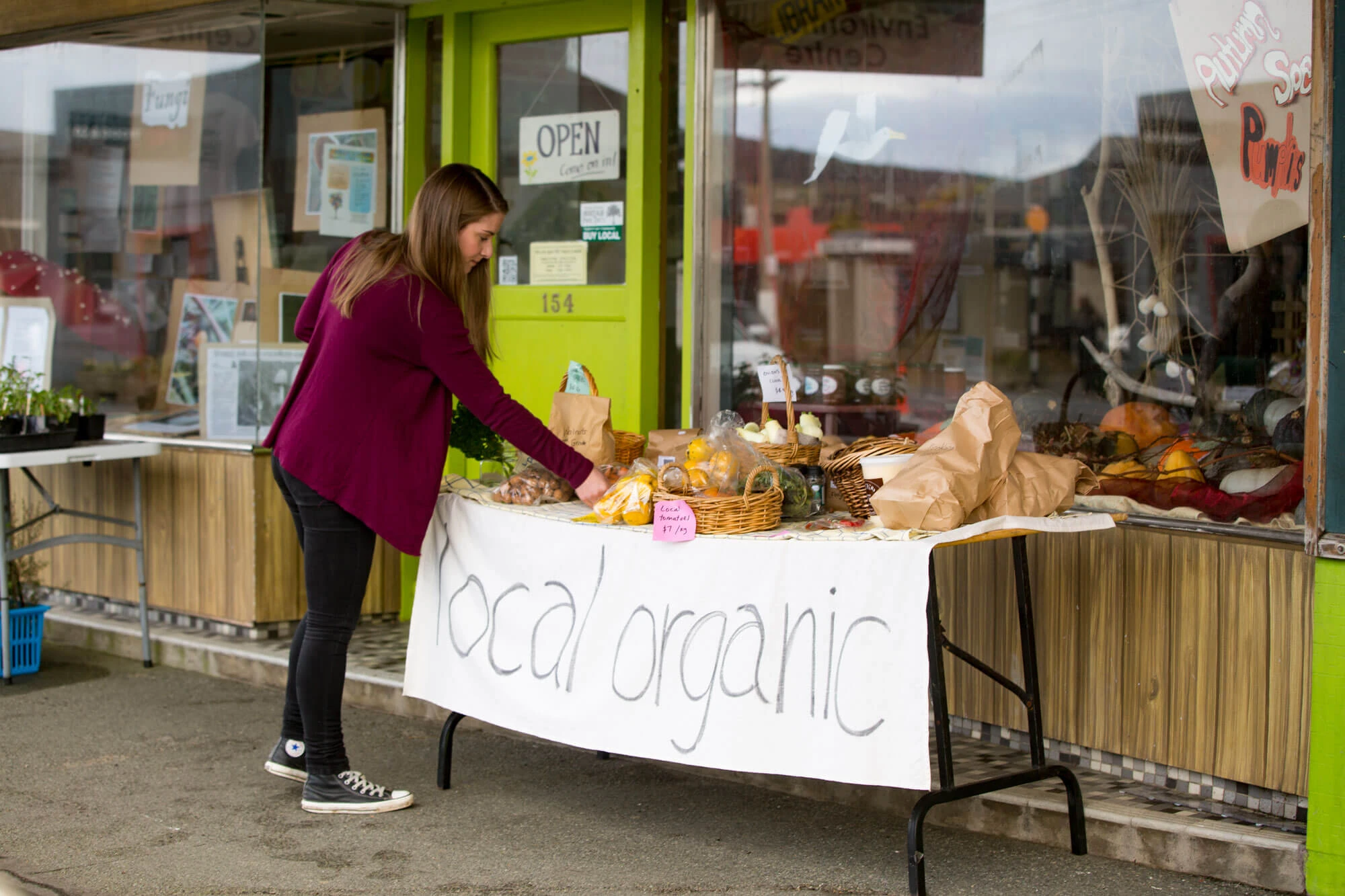Muńa-Muńa (Satureja parvifolia)
Introduction
Muna-Muna is a multi-branched, small leaved deciduous shrub prized for its medicinal and aromatic values. In its natural environment it is harvested by the truckload from the wild and marketed in herbal shops from Peru to Argentina as a dried herb used in a range of preparations and as a tea.
Essential oils can also be extracted and sold as a concentrate. Ethnobotanical and traditional claims of medicinal actions (mountain sickness, immune enhancement etc) have also been claimed and are backed up by the known chemistry of the plant.
Growing Muna-Muna
| Propagation: | Grown from small plants however seedlings grow readily under parent plants. |
| Yields/ha: | Unknown. |
| First harvest: | Whole plants harvested after 5 years+ |
| Soil type: | Moist, sandy and very well drained soils. Plants seem to have some tolerance to drier conditions. |
| Fertilisers: | Little is known on nutrient requirements. |
| Weed control: | Competition from weeds is to be avoided. A clean weed free seedbed is required at sowing. |
| Pest/Diseases: | Nothing observed so far |
| Harvesting: | Whole plants can be pulled form the ground and the plants left to dry. Another option is to selectively harvest branches leaving the plant to regenerate. |
| Marketing: | Very little is known about the marketing of dried Muña-muña or Muña-muña extracts from plants grown in New Zealand. |





